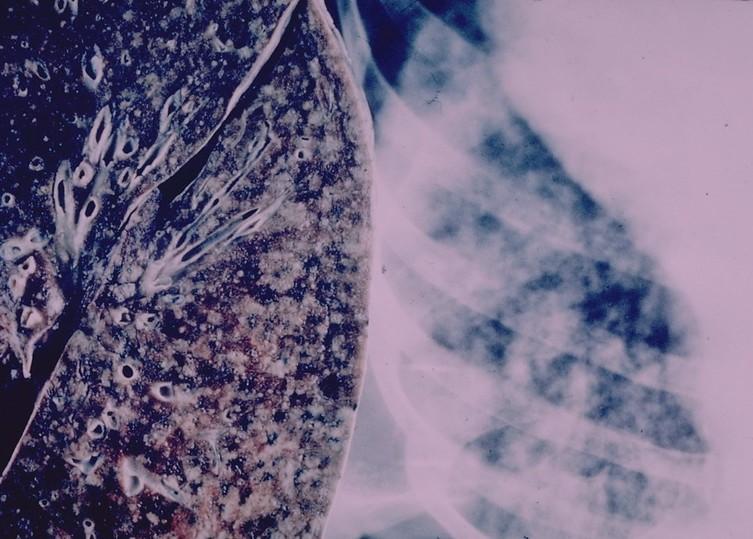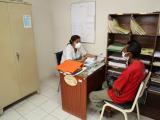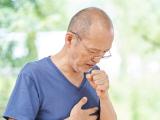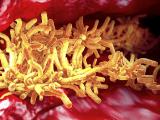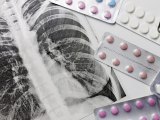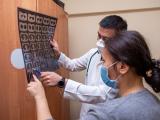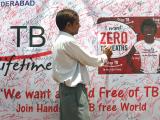With nations around the world confronting the COVID-19 pandemic, the World Health Organization (WHO) reminded people today that another respiratory illness—tuberculosis (TB)—remains the world's leading infectious disease killer and urged more action to prevent the disease.
In a statement marking World TB Day, WHO Director-General Tedros Adhanom Ghebreyesus, PhD, said the COVID-19 pandemic underscores the need to continue tackling longstanding health problems like TB, a lung disease that could leave millions worldwide at even greater risk for poor outcomes from the novel coronavirus.
"COVID-19 is highlighting just how vulnerable people with lung diseases and weakened immune systems can be," Tedros said. "The world committed to end TB by 2030; improving prevention is key to making this happen."
New TB guidance
As part of the effort, the WHO released new consolidated TB guidelines that focus on scaling up access to preventive treatment. The recommendations call for screening and preventive treatment for people at highest risk of acquiring the disease, including household contacts of TB patients, people living with HIV, and people living in crowded conditions.
The guidelines also recommend shorter preventive treatment options that could reduce the regimen from 6 months to as little as 1 month.
"As people around the globe come together to commemorate World TB Day, WHO is calling on governments, affected communities, civil society organizations, health-care providers, donors, partners and the industry to unite forces and step up the TB response—notably for TB preventive treatment—to ensure no one is left behind," Tereza Kasaeva, PhD, director of the WHO's Global TB Programme, said.
The WHO estimates that there were 10 million new active cases of TB and 1.5 million TB deaths worldwide in 2018. But roughly one-fourth of the world's population (about 2 billion people) is estimated have latent TB, which means they are infected with Mycobacterium tuberculosis but have no symptoms. About 5% to 10% of those infected develop active TB during their lifetimes.
At the United Nations high-level meeting on TB in 2018, global leaders committed to ensuring access to preventive treatment for at least 24 million contacts of patients with active TB and 6 million people with HIV by 2022. But only a small fraction of that number has received preventive treatment to date.
Among the places where a shorter preventive regimen for people with latent TB will be rolled out are six high-TB–burden countries—Cambodia, Ethiopia, Kenya, Malawi, South Africa, and Zimbabwe—according to a press release today from the Aurum Institute in Johannesburg, which will distribute the treatments along with its partners in the IMPAACT4TB project. The regimen consists of 3 months of rifapentine and isoniazid treatment.
Support urged for essential TB services
The WHO is also urging all member states to maintain continuity of services for people with TB as they respond to the COVID-19 pandemic.
"Health authorities should maintain support to essential TB services, including during emergencies such as COVID-19," the agency said in an information note issued late last week. "People-centered delivery of TB prevention, diagnosis, treatment and care services should be ensured in tandem with the COVID-19 response," it said.
The WHO said that while data on COVID-19 infections in TB patients is limited, people who are ill with both diseases are likely to have poorer treatment outcomes, especially if TB treatment is interrupted. The information note urged TB patients to take precautions to avoid COVID-19 and continue their TB treatment as prescribed.
The WHO also noted that clinicians and healthcare workers who've worked with TB patients may be points of reference for patients with pulmonary complications of COVID-19 and that strategies developed to address TB could inform the COVID-19 response. "These include infection prevention and control, contact tracing, house-hold and community-based care, and surveillance and monitoring systems," it said.
